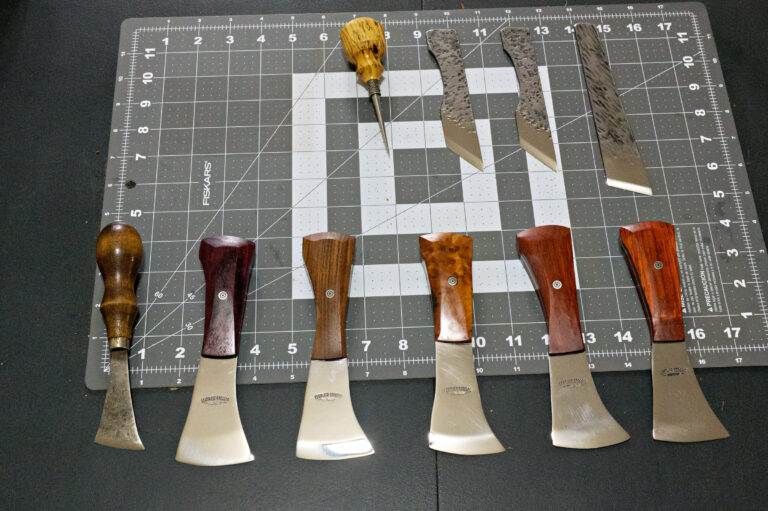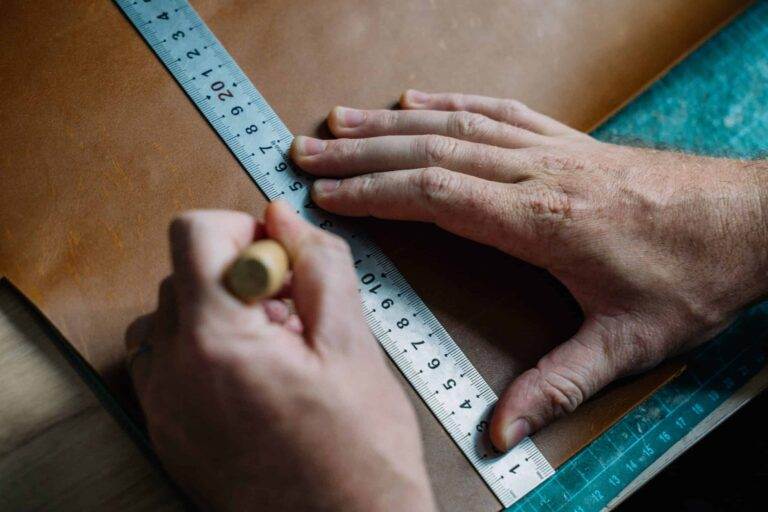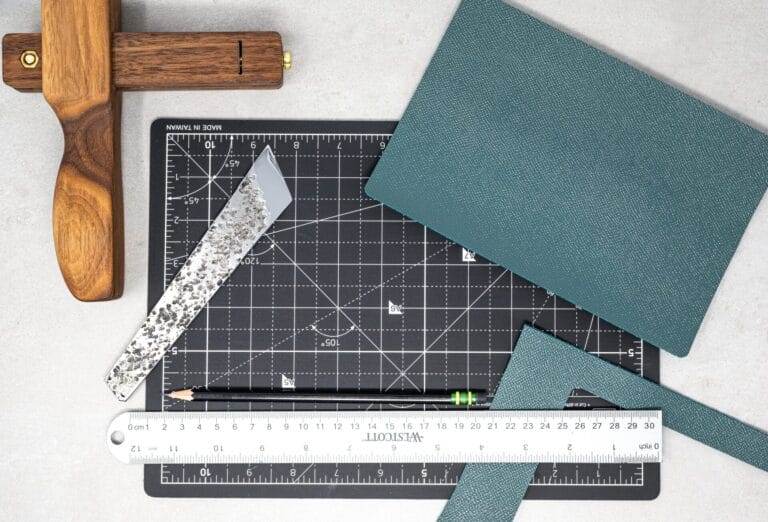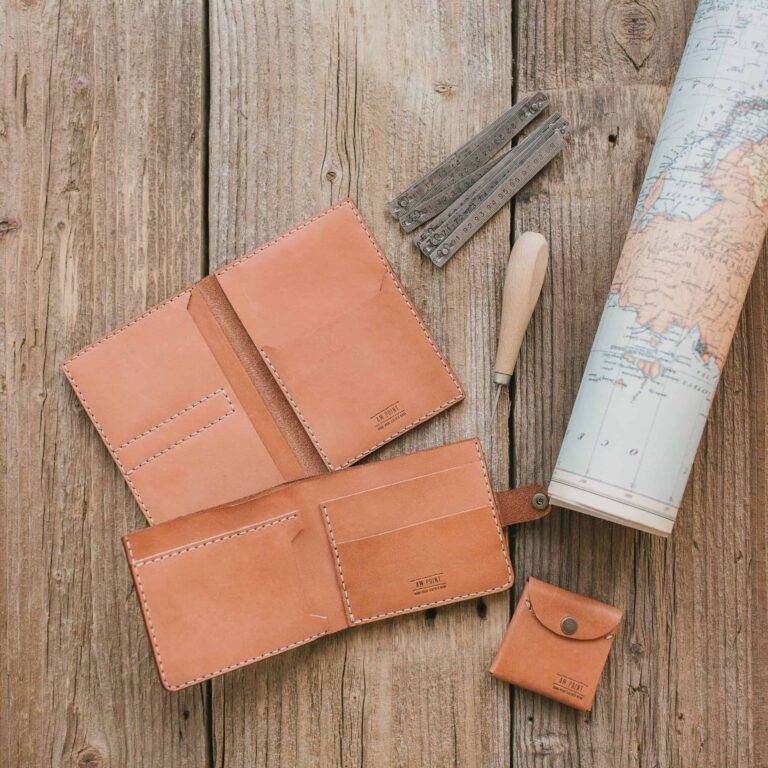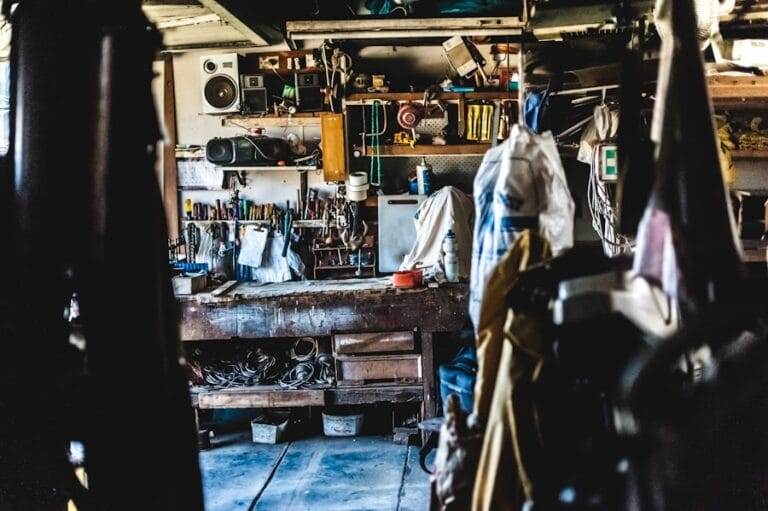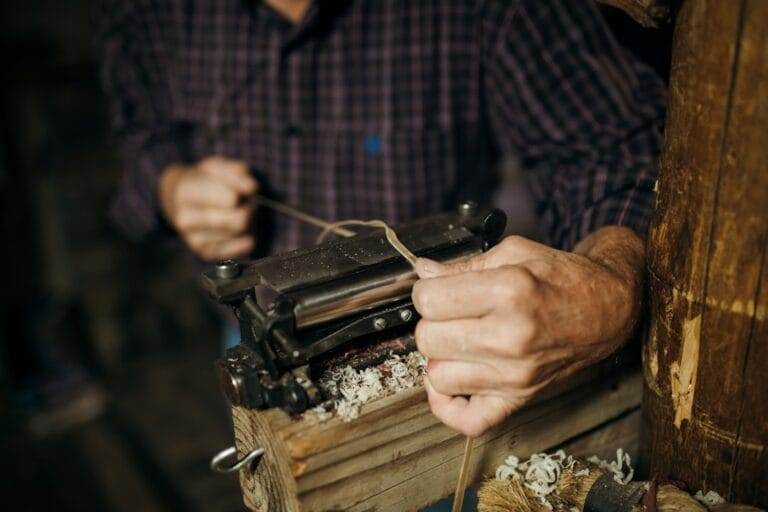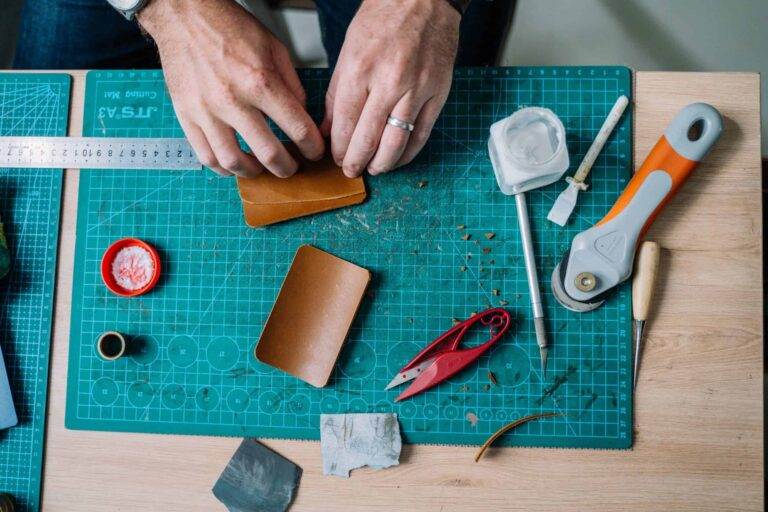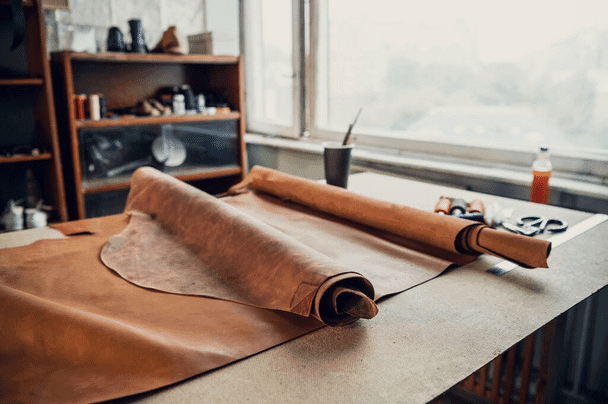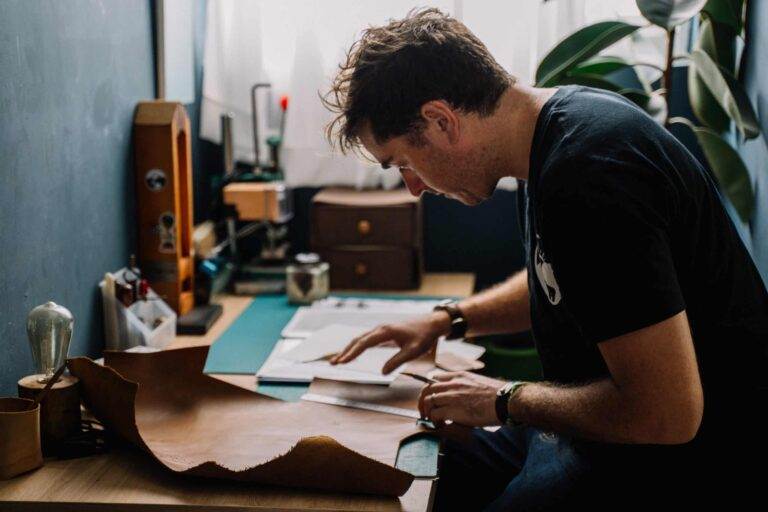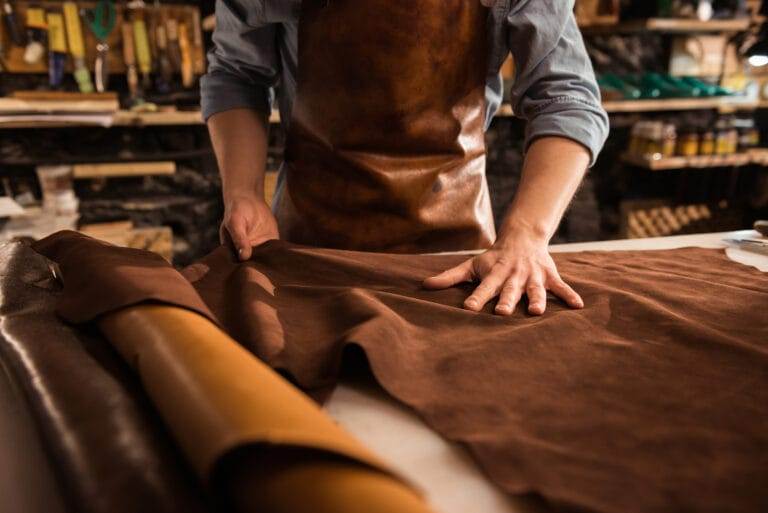Understanding Leather Grain Direction for Leathercraft Cutting
Leather is a versatile and durable material that has been used for centuries in various applications, from clothing to furniture. One of the fundamental aspects of working with leather is understanding its grain direction. The grain refers to the natural texture and pattern of the leather, which is determined by the animal’s skin structure. This…


